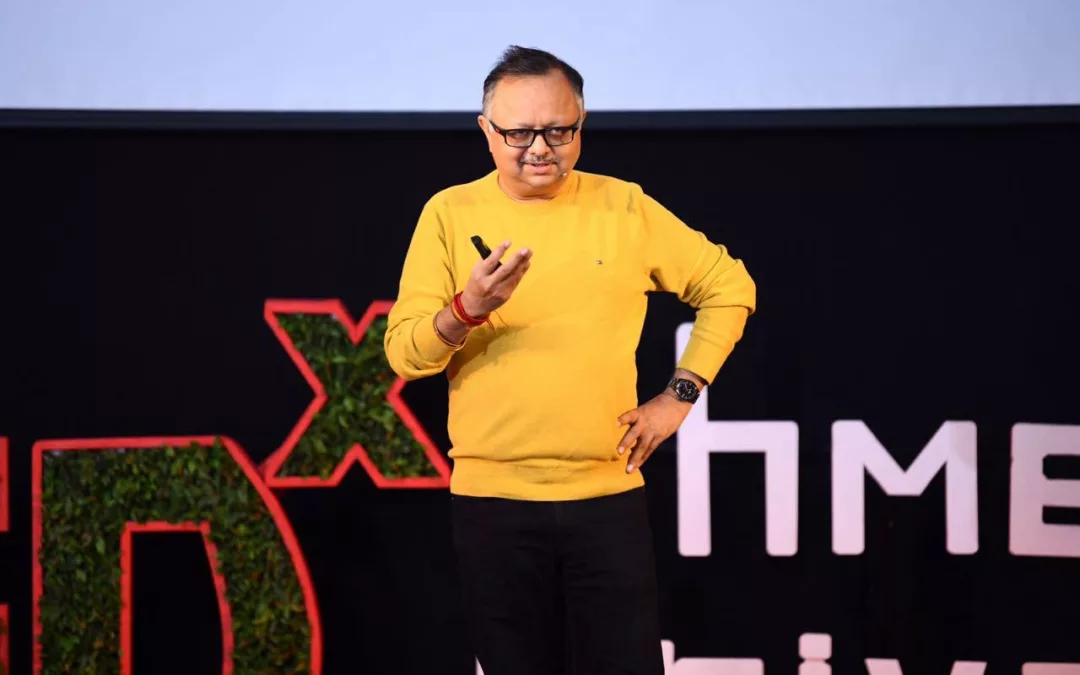Most of us remember planning our day around our favorite show. Cable TV was our window to the world outside our immediate surroundings. Children with their cartoons, elders with their news, and the whole country with the Sunday morning episodes of Ramayan was nothing short of a cult! Cut to today, people streaming shows on demand, pausing the episodes in between to take their breaks and resuming when they want. The click of a button and the comfort of watching wherever and whenever is what defines today’s audience.
For quite some time, it’s been clear that fiber optics and DTH (Direct-to-Home) services would become strong competitors to traditional cable TV in India. The reason behind this is the heavy burden of regulations that has further complicated an industry that was already struggling. The emergence of OTT (Over-the-Top) streaming services has only intensified the competition.
To put it simply, rediff.com reports that in 2010, cable TV used to make about Rs 27,000 crore in subscription revenues. Now, it’s estimated to be around Rs. 13,000 crores.
It is not a question of if the industry will go out of the business it is a question of when. Cable cannot match the popularity and the ease of viewing that OTT platforms bring. There is no competition.
The hardships for cable TV operators began Almost ten years ago when the government made it mandatory for cable TV users to switch to digital set-top boxes. Many people who didn’t want to invest in these new devices decided to cancel their cable TV subscriptions. Then, in 2019, the telecom regulator TRAI introduced the New Tariff Order, which made selecting TV channels more complicated and led to higher prices.
Recently The Cable Operator Association of Gujarat has taken legal action by filing a special civil application in the Gujarat High Court. This move comes in response to a significant price hike of approximately 60-70 percent on paid channels by broadcasters such as Zee, Sony, Star, and others.
The cable operators are already grappling with a loss of their business to DTH (Direct-to-Home) and OTT (Over-the-Top) platforms. Any further increase in channel prices for cable TV viewers is expected to exacerbate this situation, as more subscribers may choose to switch to DTH and OTT services.
According to the Ormax OTT Audience Sizing Report 2022, the average paying OTT audience member in India subscribes to 2.4 OTT services. The report estimates that there are 424 million OTT users in India.
In light of the ever-increasing OTT user base, cable operators must raise their performance levels to remain competitive and sustainable. The adoption of innovative pricing packages and enticing deals is essential for their survival in this evolving field of media.
Cable TV operators must enhance their service by embracing technological advancements. Upgrading infrastructure to support high-definition (HD) and 4K content delivery enables them to highlight the superior quality of their offerings compared to some OTT platforms with potential bandwidth limitations.
Additionally, the incorporation of interactive features, like extensive video-on-demand (VOD) libraries, interactive TV guides, etc. enriches the viewing experience, making it more competitive with OTT convenience. Ad free viewing is another factor that could lure viewers towards cable television.
Cable TV operators should also try to develop user-friendly apps and services that enable subscribers to access content across multiple devices, including smartphones, tablets, and smart TVs. By ensuring a seamless transition between traditional cable and digital streaming, and potentially partnering with popular OTT platforms to integrate their services into cable TV packages, operators can provide a comprehensive entertainment solution for their viewers.
Media, specially today is evolving so fast that sometimes it feels impossible to catch up with all the changes, however cable- operator industry as a whole must come forward and seriously consider some radical changes or else it may become a relic of past.


Recent Comments